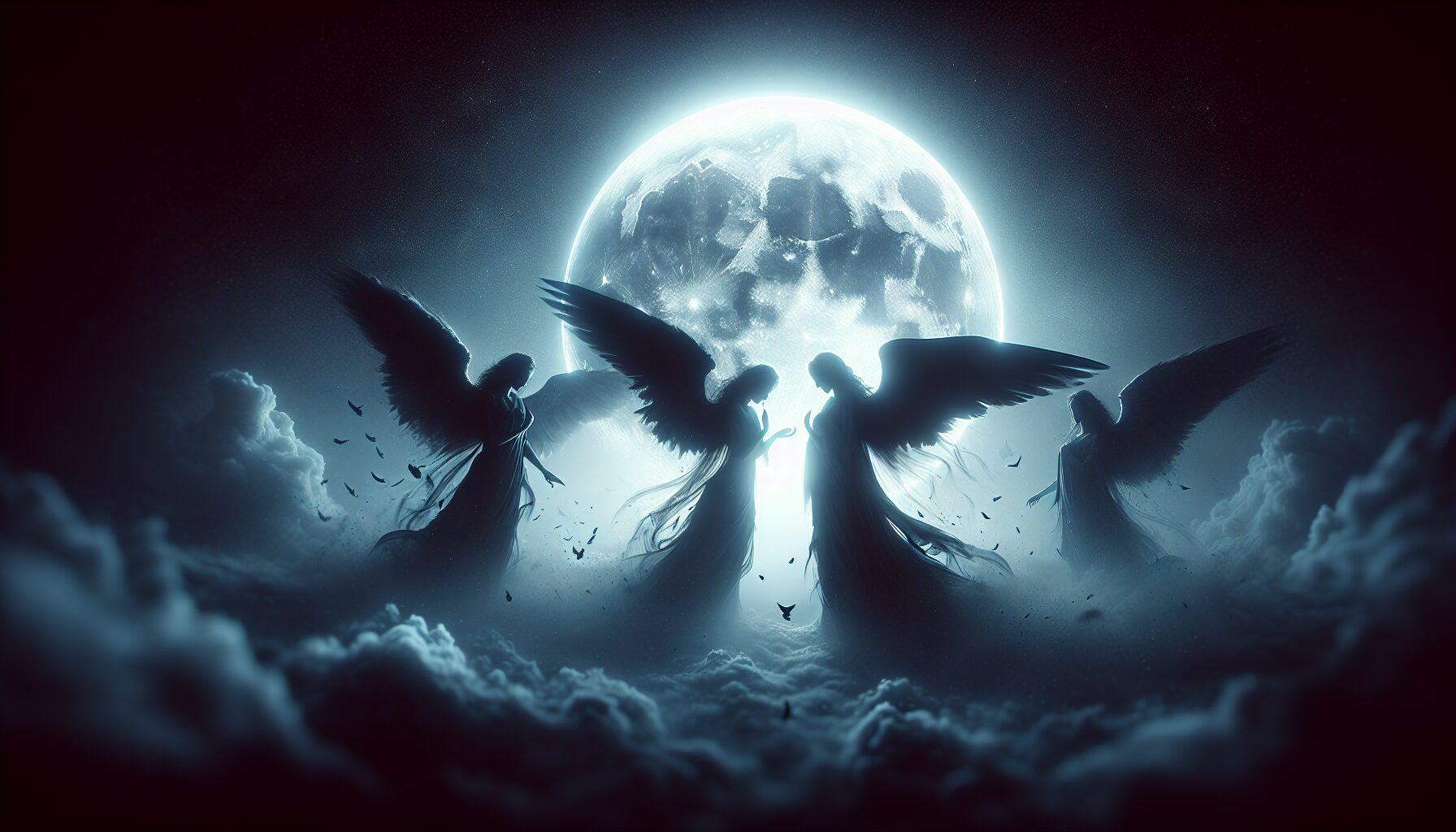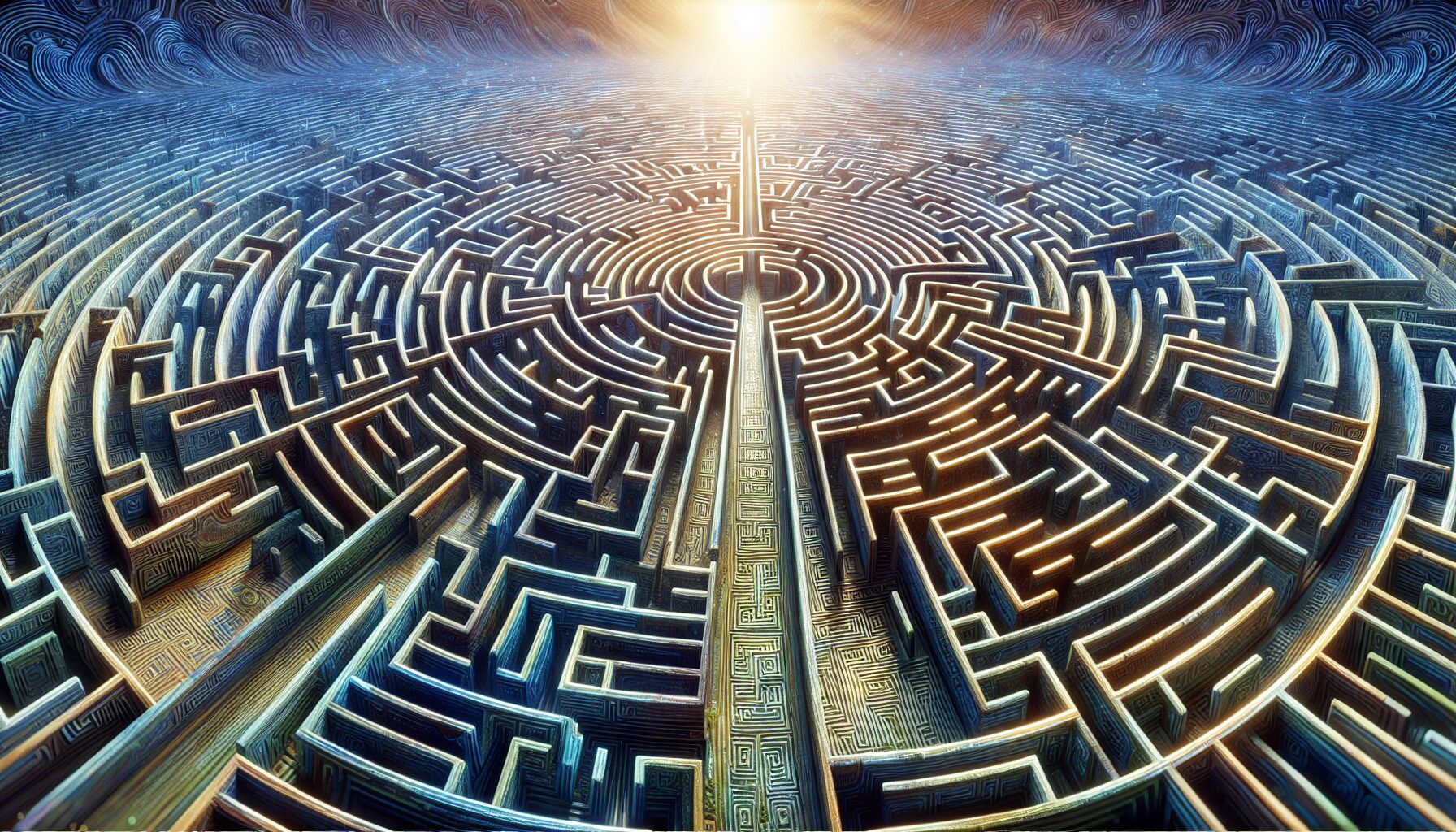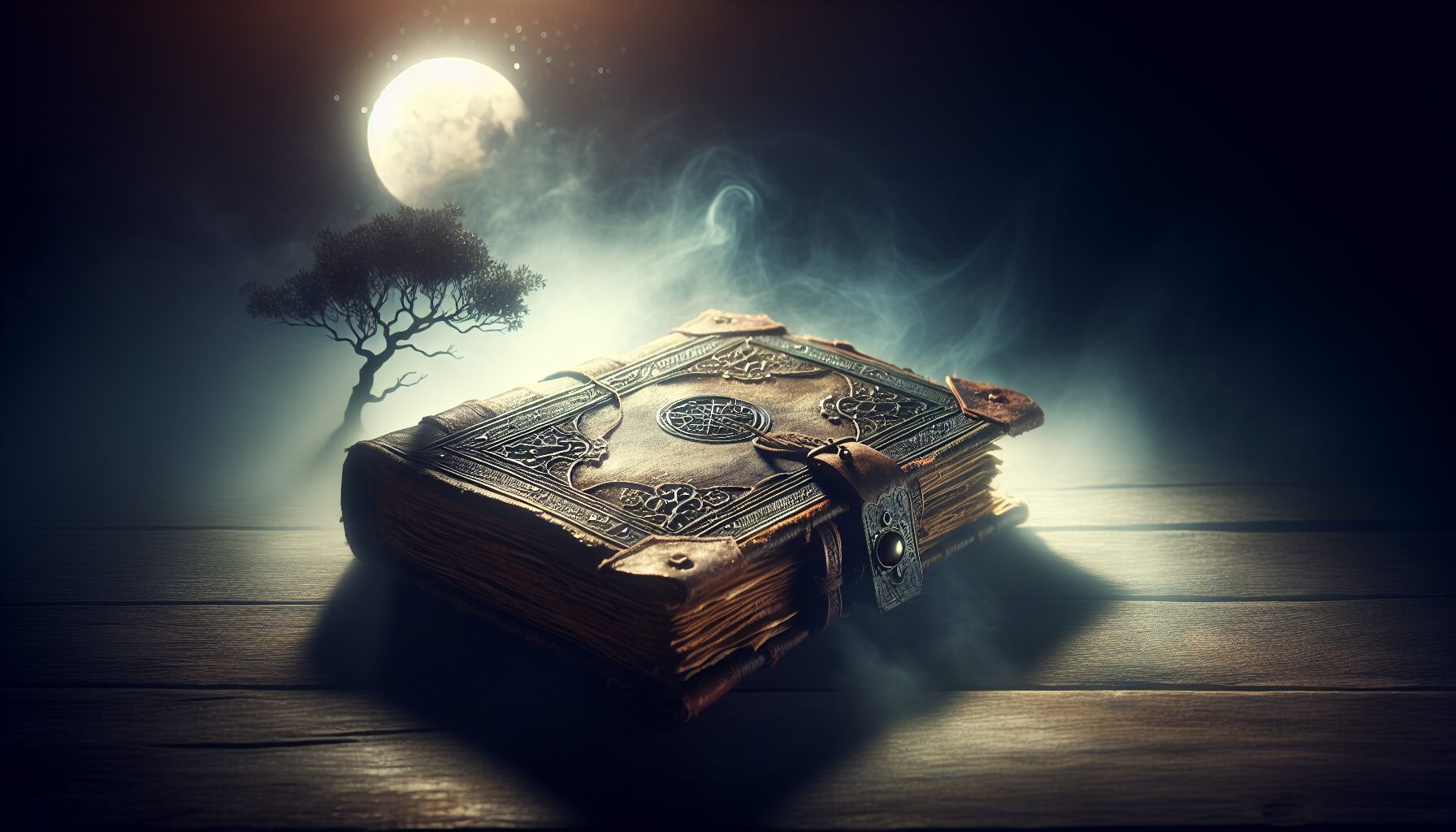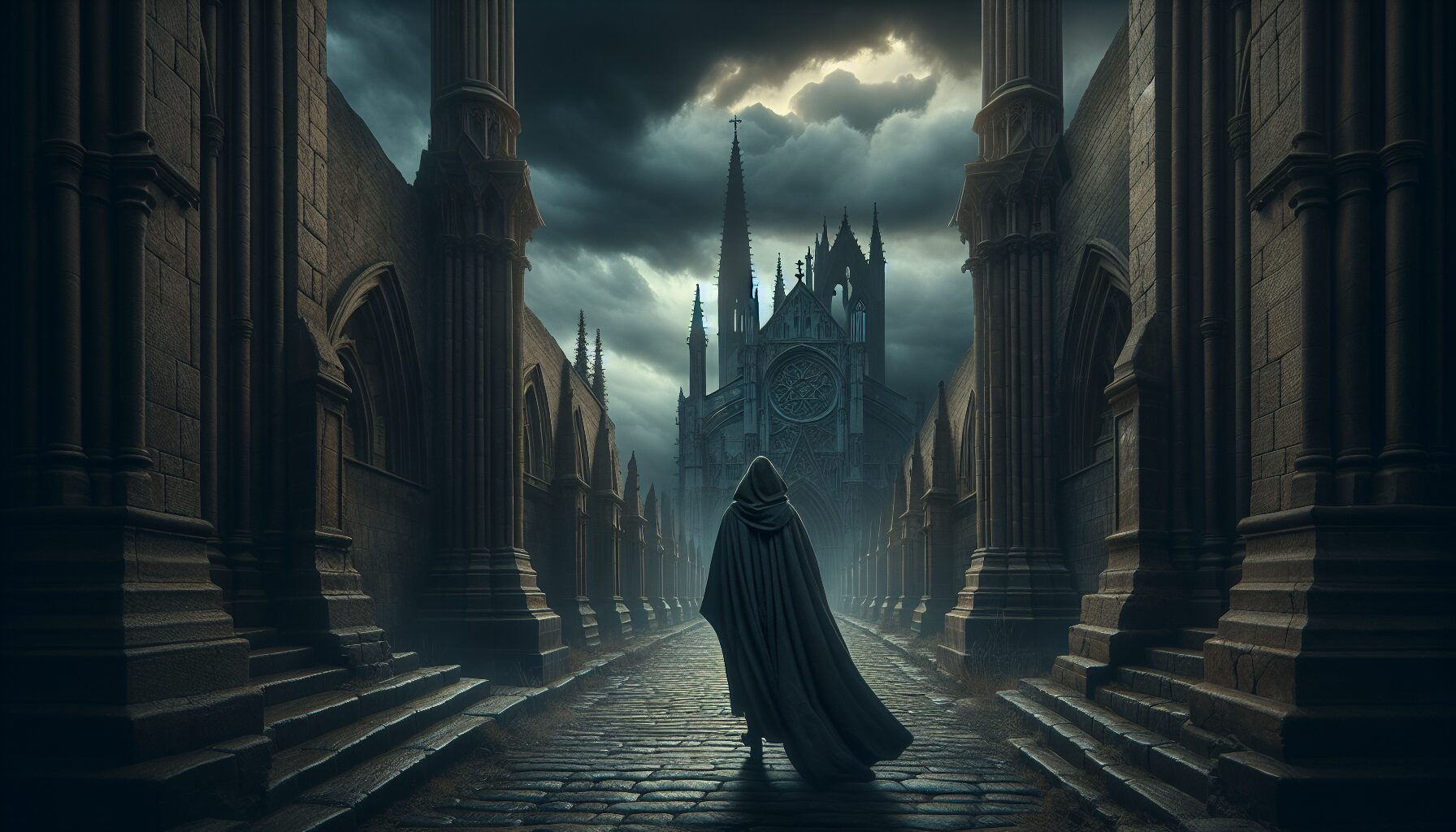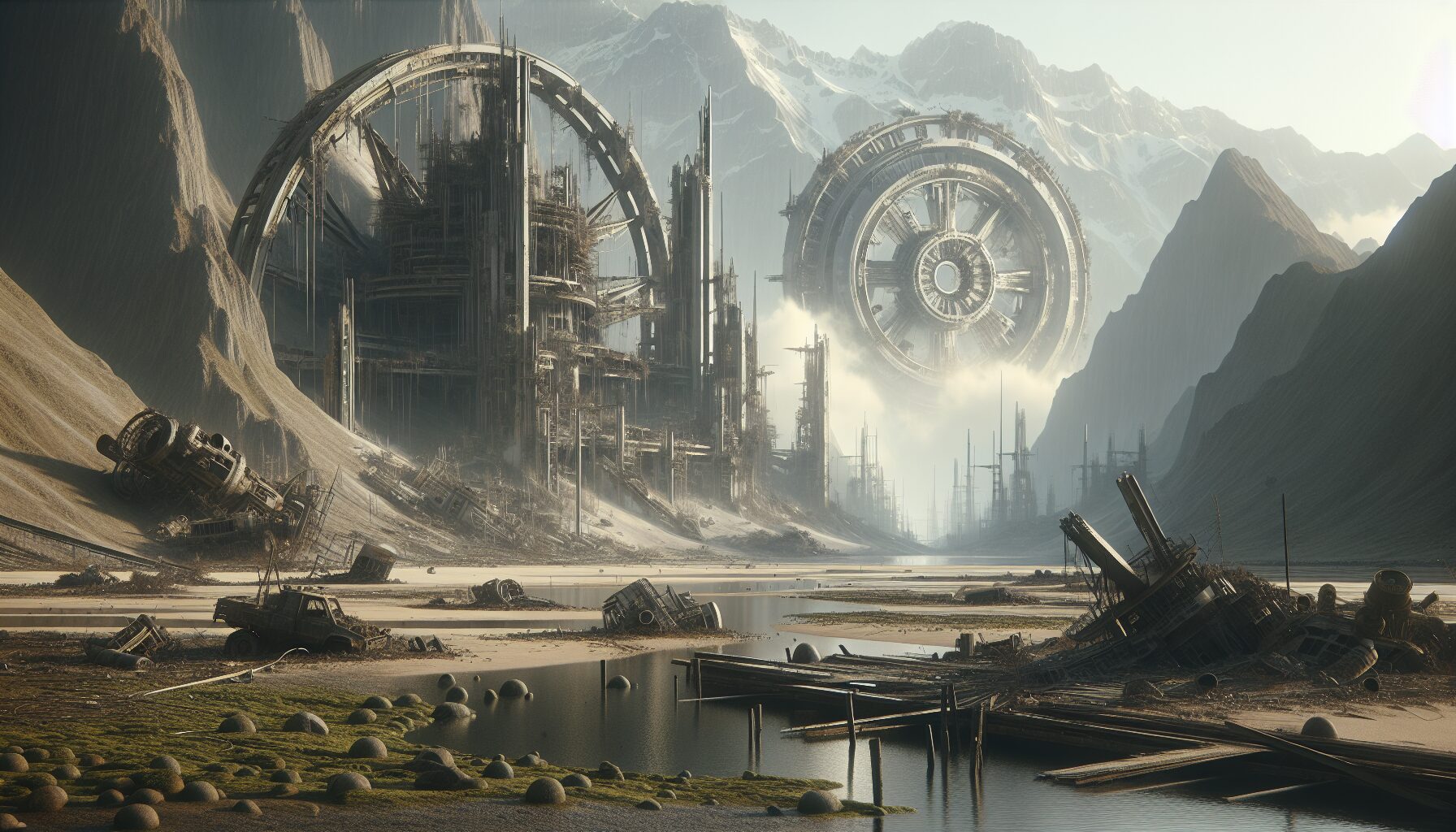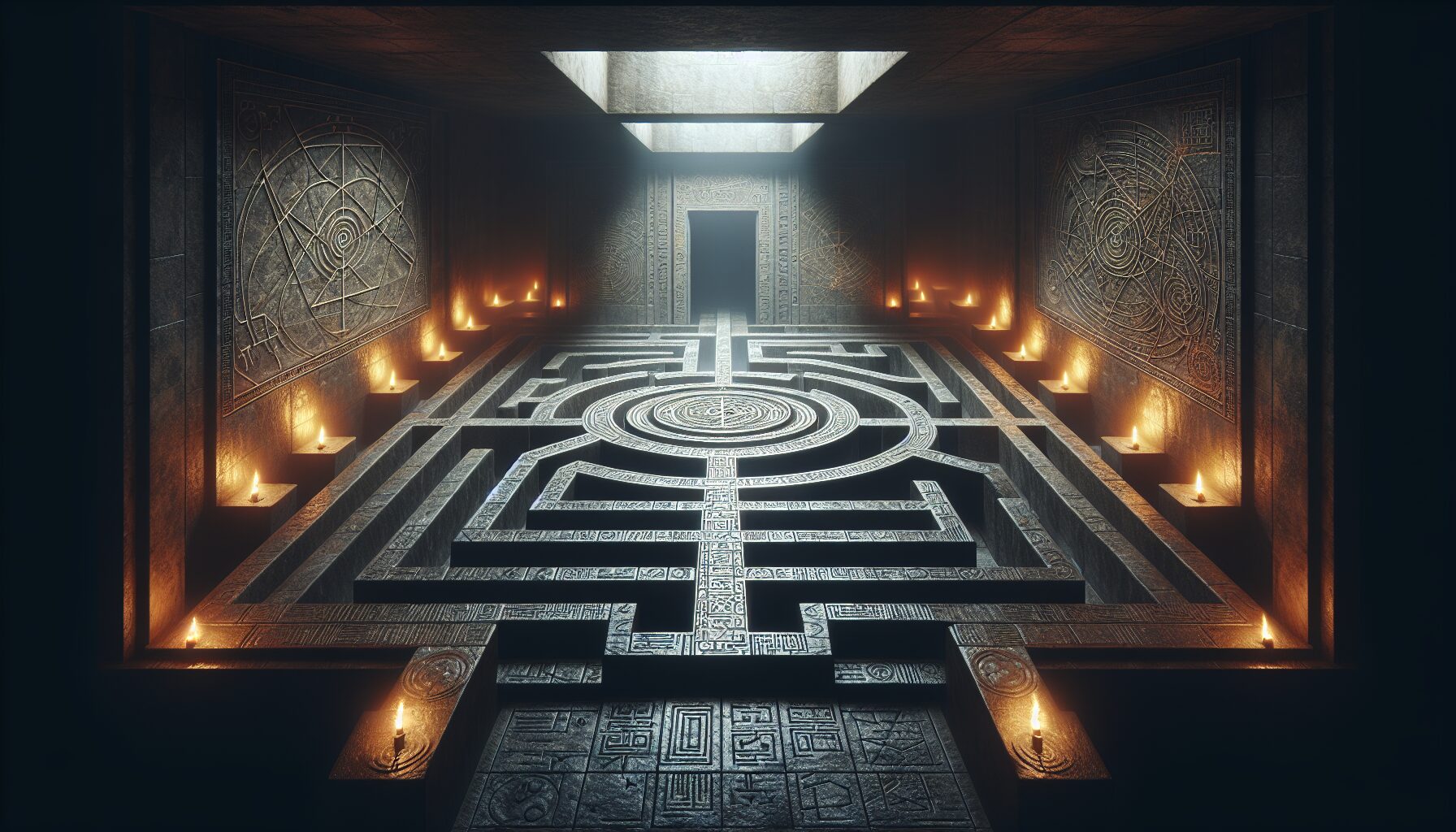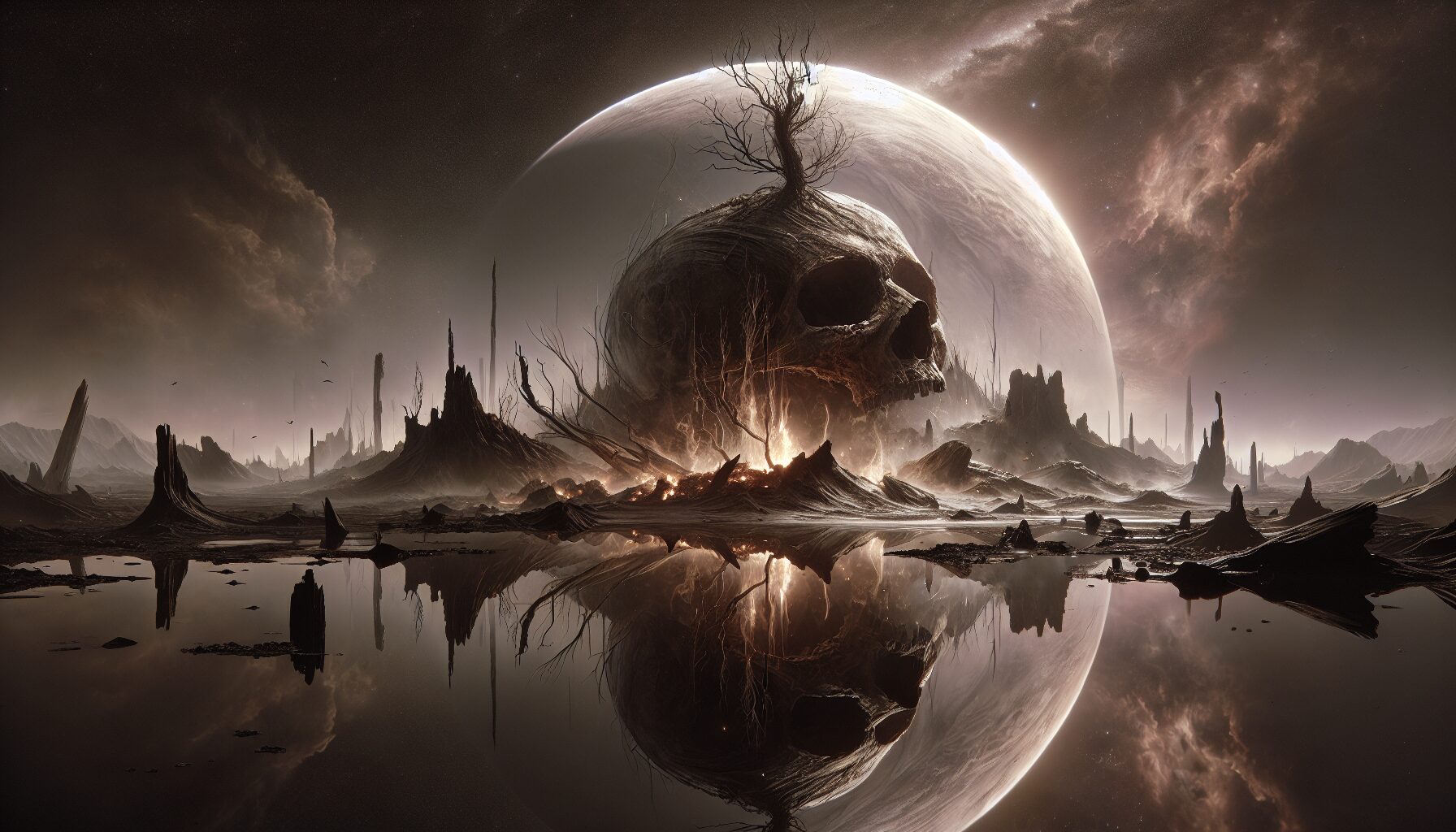In the lexicon of contemporary aesthetics, Mythcore speaks to the collision of ancient mythological narratives with modern cultural ethos. Among its various symbolisms, none is as captivating or as deeply entrenched in symbolic duality as the Angels of Night. These ethereal beings are portrayed not as harbingers of doom, but as messengers and guardians of the night, guiding wanderers through the shadows of their own subconscious.
The Archetypes of Darkness
The concept of the Angels of Night draws heavily from mythologies across cultures, blending diverse narratives into a tapestry that reveals more than just the fear of darkness. In many legends, night angels serve as protectors against the unseen terrors that lurk in the shadows, embodying the complex relationship humanity holds with the night.
Hecate, the Greek goddess of the moon, night, and necromancy, often symbolizes the wisdom found in the absence of light. In her nocturnal aspects, Hecate was seen as a guide to those lost in darkness, offering visions to those brave enough to journey into their own depths.
“Hecate is seen holding torches, leading the way to the underworld; a reminder that even in darkness, there is guidance and power.”
This idea of guidance through darkness is echoed in numerous mythological constructs, emerging as a central Mythcore theme that resonates with modern audiences seeking meaning in shadowy uncertainties.
Twilight as Transformation
Among literary and artistic expressions, the motif of the night angel transcends mere protective symbolism. It embodies transformation—a journey from fear to acceptance, ignorance to enlightenment. The twilight represents the threshold; a moment of potential where the known and the unknown intersect, echoing Joseph Campbell’s concept of the “hero’s journey.”
Twilight is portrayed as a realm of magic and transformation, where the dichotomy of light and darkness is nuanced. Here, the angels of night serve as guides or companions to those navigating the transformative process.
- In Dante’s Divine Comedy, as Dante traverses Hell, Purgatory, and Paradise, it is through guidance that he comes to terms with his soul’s darkness and seeks ultimate redemption.
- In a more modern context, Gaiman’s Sandman series explores the mythology of dreams where the nocturnal landscape is a place of both terror and revelation, illustrating how night can become a canvas for storytelling and personal growth.
Navigating the Mythcore Shadows
With the resurgence of Mythcore aesthetics in popular culture, understanding the complex nature of the Angels of Night becomes significant. In an age where the modern psyche is often shrouded in anxiety and the rapid pace of life, these mythological figures remind us of the intrinsic power in embracing the unknown.
The Angels of Night in Mythcore reveal lessons through allegorical journeys:
- Embrace the Unknown: Darkness symbolizes the unknown, and engaging with it fosters resilience. Like the mythic heroes who dare to venture into the night, facing our fears can lead to profound personal growth.
- Seeking Guidance: The role of the guide—be it angelic or psychological—reminds us of the importance of mentorship and connection in navigating life’s complexities.
- Transformation and Renewal: Through the darkness comes personal evolution. Like a phoenix reborn from ashes, the night heralds new beginnings once the lessons are learned.
Conclusion: The Modern-Day Relevance
The Angels of Night through a Mythcore lens implore us to consider the richness of ancient myths as a framework for understanding modern existential themes. As artistic movements continue to blend the mythological with the contemporary, these symbols offer solace and insight into the human condition.
Whether it is through literature, art, or fashion, Mythcore speaks to a universal need for stories that connect us to our primal origins, providing a window into the eternal dance of light and shadow, and the enduring hope found within. As Hecate’s torch once illuminated the path through the underworld, so too do today’s mythic narratives light the way for those seeking to find beauty and wisdom in the night.
Note: Content inspiration and references drawn from mythological interpretations and cultural analyses of mythcore trends, as listed in historical and pop culture citations.
